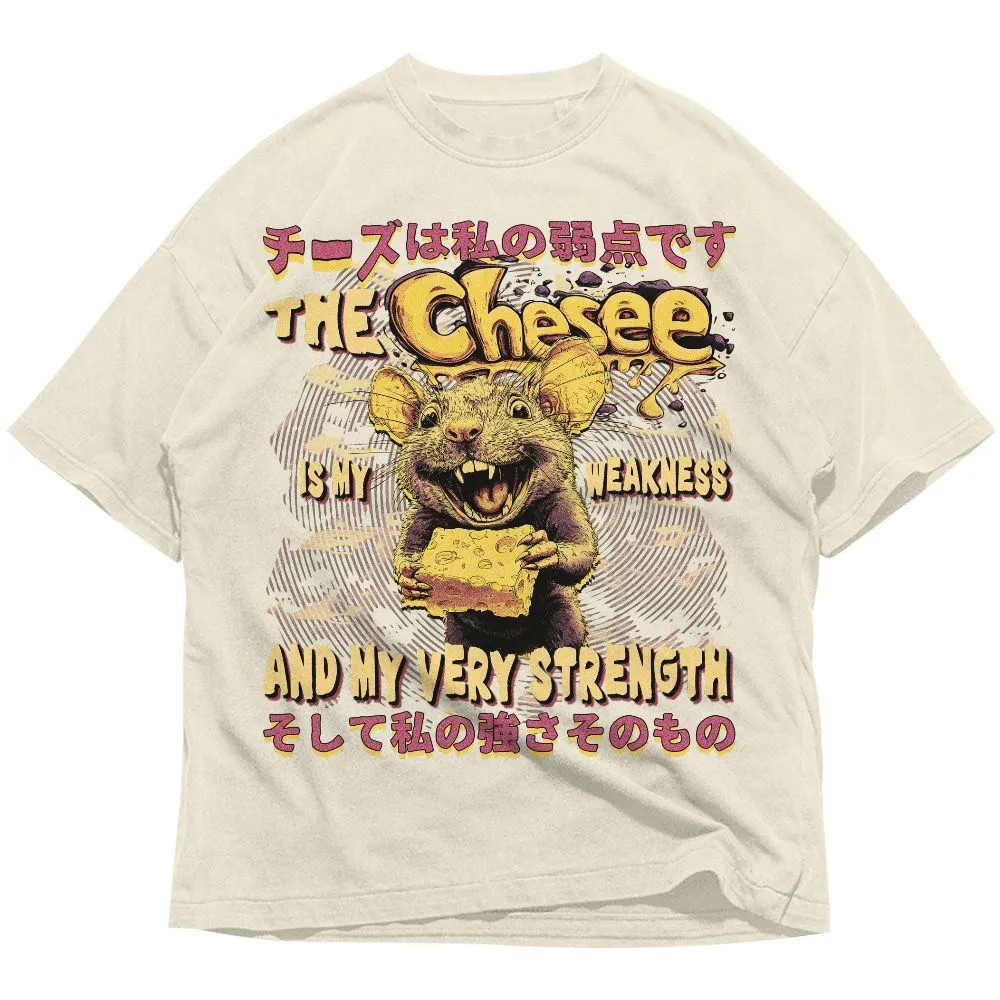
The name Uondo (魚人, うおんど) first appeared in Santō Kyōden’s 1791 work Hakoiri Musume Menya Ningyo. Behind the strange image of this courtesan-mermaid lies a miniature portrait of Edo society: red-light districts, kabuki theater, the legend of Urashima Tarō, and the curious sideshow exhibitions known as misemono.
This article explores how Uondo became a unique cultural symbol in Japanese literature and art. Read more!
What is Uondo?
Uondo (魚人, うおんど) is the name of a rather unusual courtesan in Edo-period Japan. Her name literally means “fish person,” a nod to her half-human, half-mermaid (ningyo) origins in folklore.
First introduced in Santō Kyōden’s 1791 work Hakoiri Musume Menya Ningyo, Uondo quickly became a satirical mirror of Edo society, reflecting its entertainment districts, theater culture, and booming pop trends of the time.
Translation and Etymology
The name “Uondo” was given to her upon her entry into the world of courtesans. It carries both a sense of elegance and something uncanny, since it ties directly to her fish-like form. Behind the name lies a clever play on words — a witty social critique by Kyōden on the values and absurdities of Edo society.
Habitat and Diet
According to the tale, Uondo was the daughter of Urashima Tarō and a beautiful carp maiden. Growing up around the waters of Shinagawa, she developed a taste for the finer things in life—luxurious meals, sweets, and expensive delicacies.
This appetite was a tongue-in-cheek reflection of the indulgent, consumer-driven lifestyle of Edo’s townspeople in the 18th century.
Latest blog this week: Gashadokuro: The Terrifying Giant Skeleton of Japanese Folklore 2025
Appearance
Uondo is described as a captivating ningyo, inheriting her father’s refined human beauty and her mother’s mysterious aquatic charm. Her face was said to be strikingly beautiful, both enchanting and unsettling to those who saw her.
Yet, her body — lacking arms and legs — made her an oddity, a figure caught between allure and grotesque fascination.

Personality and Behavior
Uondo didn’t become a courtesan by choice. She took on the role out of sacrifice to help her poor fisherman husband pay off his debts. Her story reveals a woman full of love, resilience, and determination. Even though her debut as a courtesan was a failure due to her fish-like body, she embodied the bittersweet struggle of Edo women, torn between duty and desire.
You might like: Byakko Tiger: The Legendary White Guardian of Japanese Mythology
Cultural Significance
Far from being just a comedic character, Uondo served as a kind of “cultural time capsule” of Edo Japan. Through her, we glimpse the excess of the red-light districts, the theatrical flair of kabuki, the enduring legend of Urashima Tarō, and the bizarre spectacle of misemono sideshows.
Uondo’s story blended myth, satire, and everyday life, capturing the eccentric spirit of 18th-century popular culture.
Read more: What is Kirin in Japanese History and Art: A Symbol of Good Fortune
Uondo in Modern Associations
Today, Uondo is often seen as a hidden icon of Edo culture — a character that blurs the lines between human and monster, comedy and tragedy, entertainment and social commentary. The image of the “mermaid courtesan” has found its way not only into literature but also into visual art, stage plays, and modern cultural studies, ensuring Uondo’s legacy lives on.
In 2025, Uondo’s story doesn’t just live in books and art — it also inspires modern fashion. KamiCrew, a Japan-inspired fashion brand, takes these cultural roots and transforms them into bold streetwear.
Known for its clean lines, sharp contrasts, and storytelling designs, KamiCrew brings legends like Uondo into today’s world through unique collections of t-shirts, hoodies, and sweaters. Each piece carries a sense of style and cultural depth, making everyday wear feel like a part of a bigger story.
Final Verdicts
Uondo’s story is a blend of tragedy and satire, of myth and everyday life. It’s this contrast that makes her image so unique, leaving a lasting mark on Japanese literature, art, and imagination. With KamiCrew, you can carry that story into your daily life through our Japanese-inspired hoodies, t-shirts, and sweaters. Don’t forget to check out our blogs for more fascinating insights into Japanese culture.









































